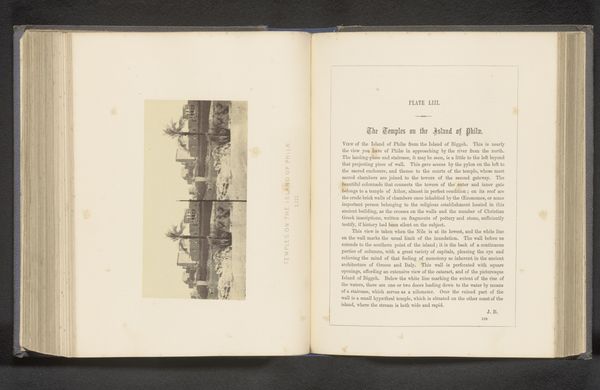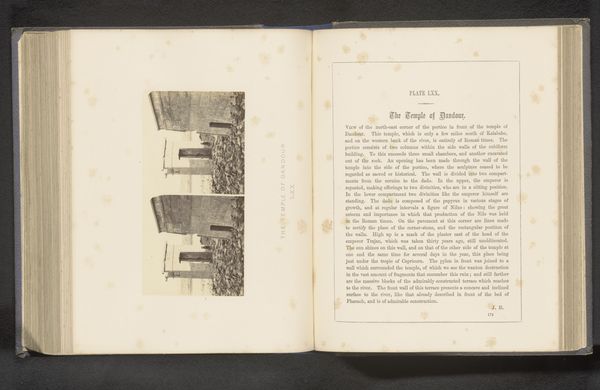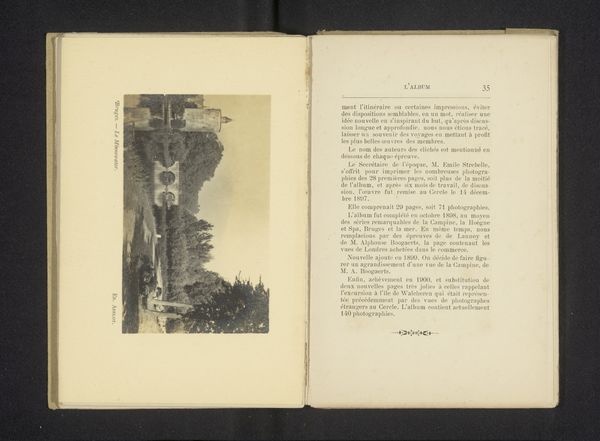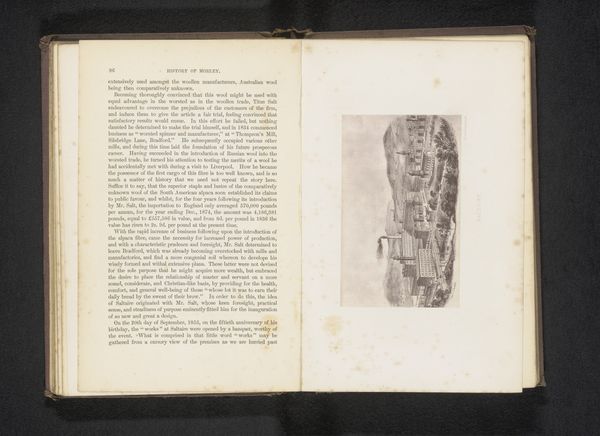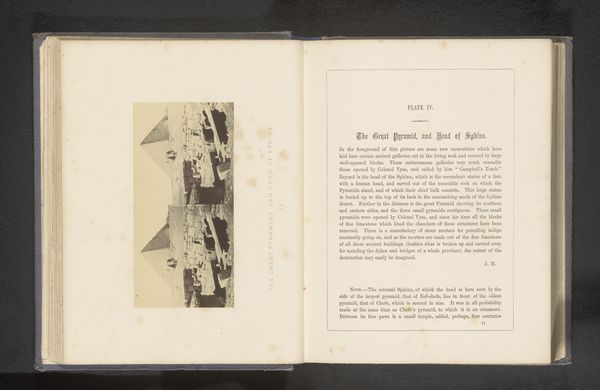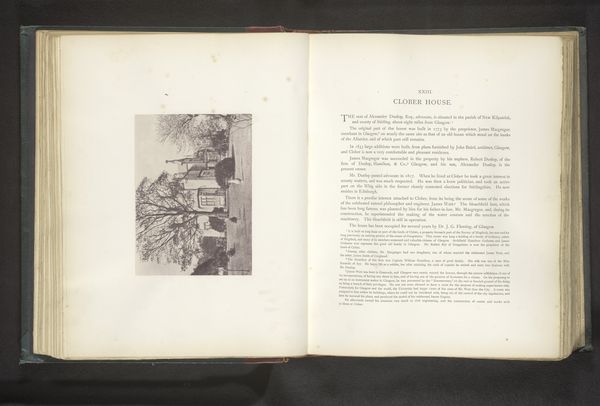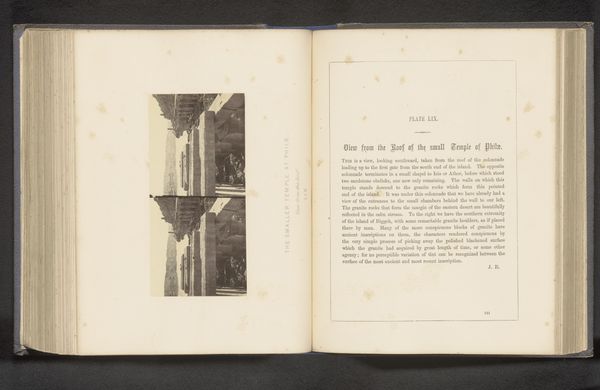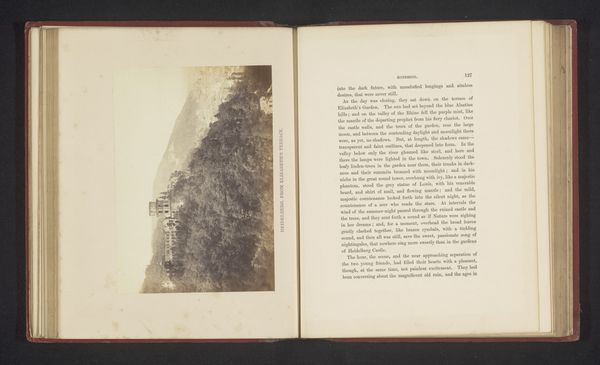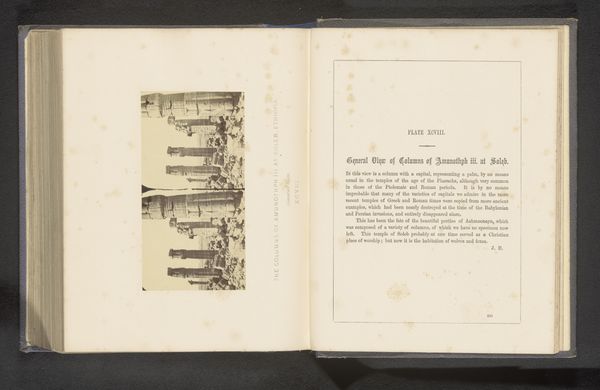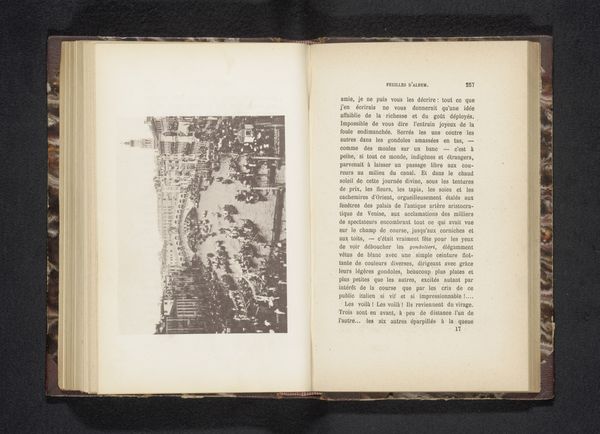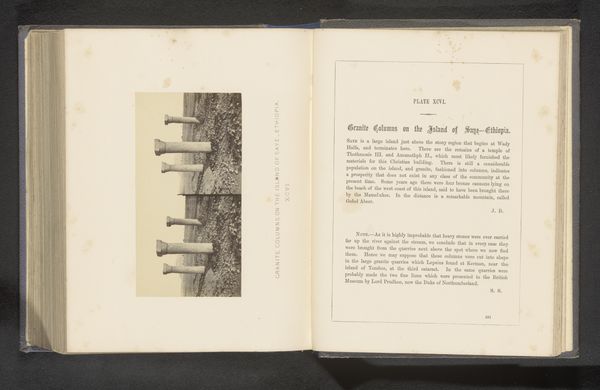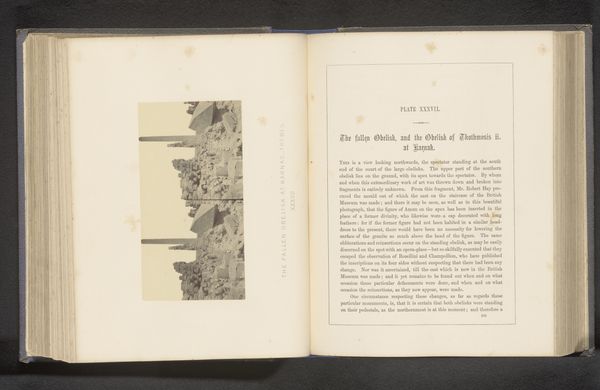
print, photography, albumen-print
# print
#
landscape
#
river
#
photography
#
ancient-mediterranean
#
albumen-print
Dimensions: height 74 mm, width 144 mm
Copyright: Rijks Museum: Open Domain
Curator: Francis Frith’s “View of the Nile from Philae,” dating to before 1862 and housed in the Rijksmuseum, offers an interesting example of early travel photography. It's a print capturing the timeless landscape of the Nile. Editor: A print of a photograph! It feels like looking back into time. The faded albumen tones imbue it with a feeling of immense age and quiet grandeur, the timeless nature of antiquity itself. Curator: Note how Frith structures the composition. The photograph uses the Nile’s meandering form to lead the eye. See how the textures of the eroded stone contrast against the reflective, undisturbed river? Editor: Yes, and the Nile as a potent, life-giving symbol! Rivers, especially the Nile, represented cyclical rebirth and sustenance to ancient cultures. This image ties the physical landscape directly to those enduring beliefs about life, death, and the sacredness of nature. Palm trees act as visual testaments to time. Curator: That's an excellent observation. The inclusion of architecture amidst the landscape—hinting at the human intervention and coexistence—reveals a semiotic tension. The linear qualities in the structures are echoed in the geometry of the page it is printed upon. Editor: Look closer – see the smaller, almost ethereal forms emerging from the ancient sites? Are these ghosts of historical memory, silently witnessing civilizations rise and fall along the river’s edge? Curator: Perhaps. One cannot help but be taken with how Frith is deliberately structuring visual planes with light and shadow to guide us through material and emotional space. Editor: Frith uses shadow like a symbolic veil – both concealing the absolute past yet beckoning our imagination to try and envision it. I appreciate how his picture manages to not only record topography, but trigger deep time through carefully placed objects and vantage. Curator: The structural clarity amidst such detail speaks to the enduring quest to render visual experience to our comprehension, while offering a testament to photographic seeing during this era. Editor: It leaves me considering our shared humanity and how these images transcend temporal confines. There is the universal language here, etched into stone and reflected on water.
Comments
No comments
Be the first to comment and join the conversation on the ultimate creative platform.
